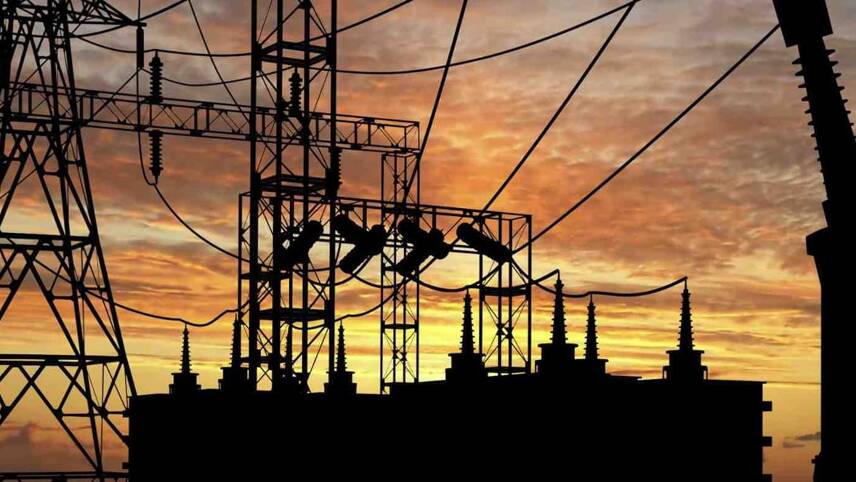This is the Sponsored paywall logged out

The Energy Networks Association (ENA) has released a new interactive roadmap for adoption of the distribution system operator (DSO) model by local electricity networks.
The move will see the six distribution network operators in Great Britain take on many of the same roles currently fulfilled by National Grid Electricity System Operator (ESO) at the transmission level.
Managing supply and demand locally will allow DSOs to maximise the use of existing network capacity and avoid the need for expensive reinforcements that would otherwise be necessary due to the proliferation of low-carbon technologies.
The roadmap gives timings for the delivery of eight main functions as well as numerous sub-activities:
- System coordination – Operate local and regional areas and co-ordinate energy and power transfers with other networks and systems to enable whole system planning, operation and optimisation across different timescales. Implementation by 2029.
- Network operation – Operate the electricity distribution network to maintain a safe and secure system. Implementation by 2030.
- Investment planning – Identify capacity requirements on the distribution network and secure the most efficient means of capacity provision to customers. Implementation by 2030.
- Connections and connection rights – Provide fair and cost-effective distribution network access that includes a range of connection options that meet customer requirements and system needs efficiently. Implementation by 2023.
- System defence and restoration – Enhance whole system security through the provision of local and regional flexible services. Implementation by 2026.
- Services and market facilitation – Facilitate local and national markets to access and settle services through auctions and other market arrangements for whole system efficiency. Ensure these arrangements are fair and transparent. Implementation by 2050.
- Service optimisation – Ensure system needs can be efficiently met across all timescales by identifying network requirements, understanding the limitations of network assets and providing network access for additional flexibility services from smart solutions and distributed energy resources. Implementation by 2028.
- Charging – Set distribution charges. Implementation by 2023.
ENA chief executive David Smith said: “As Britain’s energy use and generation becomes increasingly varied, it’s vitally important that our energy networks are able to respond to the challenges this new market presents. The DSO implementation plan launched today will help networks take advantage of the rapidly growing number of low carbon technologies being used right across the country.
“Flexibility has proven to be an extremely valuable resource in the first half of this year, with plummeting demand during the pandemic, allowing us to effectively and efficiently manage the changes in demand. The work of the DSO implementation plan provides a clear and transparent route to more local network management, ensuring that people can access the benefits of a smart grid as quickly as possible, taking us a big step closer to a net zero future.”
The roadmap was produced as part of the ENA’s Open Networks project with the help of the consultancy DNV GL. Rafiek Vermissen, director of energy markets and technology at DNV GL said: “The industry-wide deployment of DSO functionality is a crucial development in the energy transition and the road to net zero.
“Our electricity networks are at the heart of delivering DSO for the wider energy industry, both managing the challenges and enabling opportunities to the benefit of all customers. The DSO implementation plan provides essential visibility and confidence to all energy industry stakeholders to accelerate the evolution to a smart, flexible energy system.”
You can click here to access the roadmap.
Please login or Register to leave a comment.